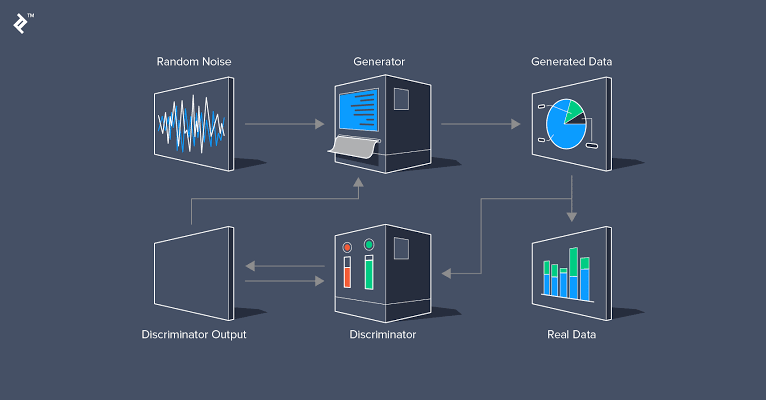Generative Adversarial Networks (GANs) have revolutionized the field of artificial intelligence by enabling the generation of highly realistic images. Introduced by Ian Goodfellow and his colleagues in 2014, GANs have since become a cornerstone of generative modeling. These networks have opened up new possibilities in various domains, from art and entertainment to medical imaging and virtual reality. This article delves into the mechanics of GANs, their applications, and the challenges faced in creating realistic images.
Understanding Generative Adversarial Networks
At the heart of GANs are two neural networks: the generator and the discriminator. These networks are pitted against each other in a game-theoretic framework, with the generator striving to create realistic images and the discriminator attempting to distinguish between real and generated images. This adversarial process drives both networks to improve continuously, resulting in highly realistic image generation.
The generator starts with random noise and transforms it into an image. Initially, these images are crude and easily identifiable as fake by the discriminator. However, as training progresses, the generator learns to produce increasingly realistic images by leveraging feedback from the discriminator. The discriminator, on the other hand, is trained on both real images and those produced by the generator, learning to distinguish between the two. This iterative process continues until the generator produces images that are indistinguishable from real ones to the human eye.
The Architecture of GANs
The architecture of GANs is fundamental to their success in generating realistic images. The generator and discriminator networks typically consist of deep convolutional neural networks (CNNs), which are well-suited for processing image data. The generator network transforms a random noise vector into an image through a series of deconvolutional layers, progressively refining the image at each step. The discriminator network, in contrast, uses convolutional layers to analyze images and output a probability score indicating whether an image is real or generated.
A key innovation in GANs is the introduction of loss functions that guide the training process. The generator aims to minimize the difference between generated images and real images, while the discriminator seeks to maximize its ability to distinguish between the two. This adversarial loss drives both networks to improve iteratively, leading to the generation of highly realistic images.
Training GANs
Training GANs is a complex process that requires careful tuning and substantial computational resources. The iterative nature of GAN training means that both the generator and discriminator must be updated in a synchronized manner. Imbalances in the training process can lead to issues such as mode collapse, where the generator produces a limited variety of images, or the discriminator becoming too powerful, rendering the generator's task impossible.
Researchers have developed several techniques to stabilize GAN training and enhance performance. These include feature matching, where the generator is encouraged to produce images with features similar to real images, and minibatch discrimination, which helps the discriminator detect subtle differences between real and generated images. Additionally, variations of the basic GAN architecture, such as Wasserstein GANs (WGANs) and Least Squares GANs (LSGANs), have been proposed to address training challenges and improve the quality of generated images.
Applications of GANs in Image Generation
The ability of GANs to generate realistic images has led to their adoption in various fields. Some of the most notable applications include:
Art and Creativity: GANs have been used to create stunning pieces of art that blend human creativity with machine learning. Artists and designers leverage GANs to generate novel images, styles, and patterns, pushing the boundaries of digital art.
Entertainment: In the entertainment industry, GANs are used to create lifelike characters, special effects, and immersive environments. For instance, GANs can generate realistic facial animations for video games and movies, enhancing the visual experience.
Medical Imaging: GANs have significant potential in medical imaging, where they can generate high-quality images from limited data. This is particularly useful in scenarios where obtaining large datasets is challenging, such as rare diseases or expensive imaging techniques. GANs can enhance image resolution, fill in missing data, and even generate synthetic medical images for training and research purposes.
